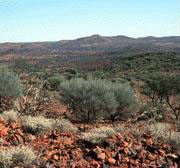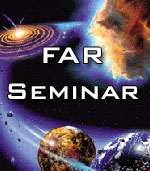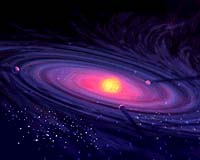
Boncho P. Bonev
Ritter Astrophysical Research Center, Dept. of Physics and Astronomy
The University of Toledo and Solar System Exploration Division, NASA’s GSFC
bbonev@kuiper.gsfc.nasa.gov
Michael J. Mumma – thesis advisor
An intense cometary bombardment during the early stages of Earth history
might have played a major role in delivering the water and organics that
subsequently formed the biosphere. Consequently, the chemical composition
of the cometary nucleus (and its diversity) is a key issue for astrobiology.
While comets are often grouped according to their orbital properties, it is
increasingly clear that such groups likely contain comets formed in diverse
regions of the proto-planetary disk. In recent years the emergence of
accurate abundance measurements has begun to permit a taxonomic
classification based on chemistry. This requires an accurate “meter-stick”
(the H2O production rate) against which the abundances of minor cometary
constituents are compared, including biologically important molecules.
Two methods for deriving cometary water production rates from ground-based
high-resolution infrared spectra have now been developed. The H2O population
can be directly sampled through “hot-band” fluorescent emission [c.f. Dello
Russo et al. 2000, Icarus]. More recently, vibrational prompt emission from
OH has also been used as a proxy for water production [Bonev et al. 2004,
ApJ]. I will review these two methods using specific examples from my
thesis work. I will present new results on the Oort Cloud comet C/2000 WM1
(LINEAR). In particular, I will show how we retrieve the rotational
temperature and the spin temperature of H2O. While the former parameter
reflects the conditions in the collision-dominated inner coma of the comet,
the spin temperature might be a measure of the formation temperature of
water in comets. I will also show the first measurements of OH emission
efficiencies for quantum states spanning a wide range of rotational quantum
numbers.
 A Record of the Earliest (4.5-3.8 Ga) Surface Conditions on Earth?
A Record of the Earliest (4.5-3.8 Ga) Surface Conditions on Earth? Simulating Groundwater Radiolysis With Oxidation of Pyrite by Hydrogen Peroxide Solution
Simulating Groundwater Radiolysis With Oxidation of Pyrite by Hydrogen Peroxide Solution Exploring Planet-Forming and Debris Disks
Exploring Planet-Forming and Debris Disks Remote Sensing of Life and Habitable Worlds: Habstars, Earthshine, and the Challenge of TPF
Remote Sensing of Life and Habitable Worlds: Habstars, Earthshine, and the Challenge of TPF